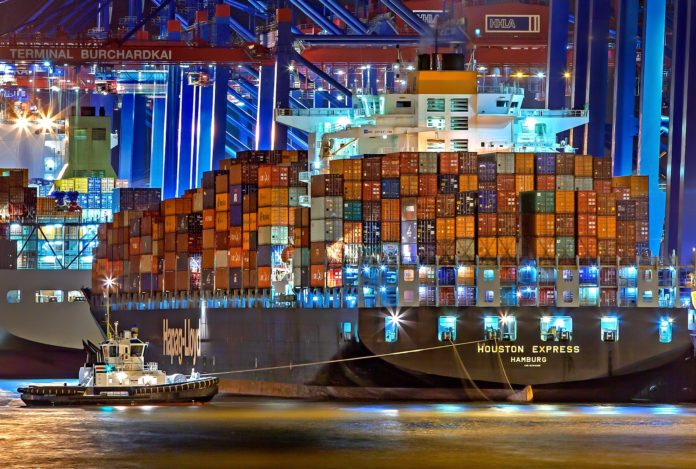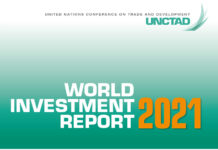The fragility of modern trade and investment supply chains
According to WEF, the COVID-19 pandemic has hit global trade and investment at an unprecedented speed and scale. Multinational companies faced an initial supply shock, then a demand shock as more and more countries ordered people to stay at home. Governments, businesses and individual consumers suddenly struggled to procure basic products and materials, and were forced to confront the fragility of the modern supply chain. The urgent need to design smarter, stronger and more diverse supply chains has been one of the main lessons of this crisis. Read more about WEF here.
Week-on-week trade in China, the US and Europe halved because of the crisis
Recent data from Tradeshift, a global platform for supply chain management, reveals the magnitude of the impact on trade and demand. It suggests the effects of the initial shock may continue to linger for the coming months. In China, domestic and international trade transactions suffered a week-on-week drop of 56% beginning mid-February. The United States, United Kingdom, and Europe followed suit, with a combined initial drop of 26% in the beginning of April, and a continuing decline of 17% in late April.
Reshaping the future
COVID-19 has exposed the vulnerabilities of complex global supply chains built on lean manufacturing principles. This is particularly true in the healthcare sector, where the scramble for protective equipment has laid bare the inherent risks of inventory and single-sourcing models driven exclusively by cost control.
We will see a decentralization of manufacturing capacity, with companies looking to bring production home.Policymakers may be increasingly pressured to consider whether certain products need to be manufactured in the country or the region.The transition to a new model for supply chains will be underpinned by a rapid and wholesale digitization of the paperwork that accompanies global trade.
Source: WEF





